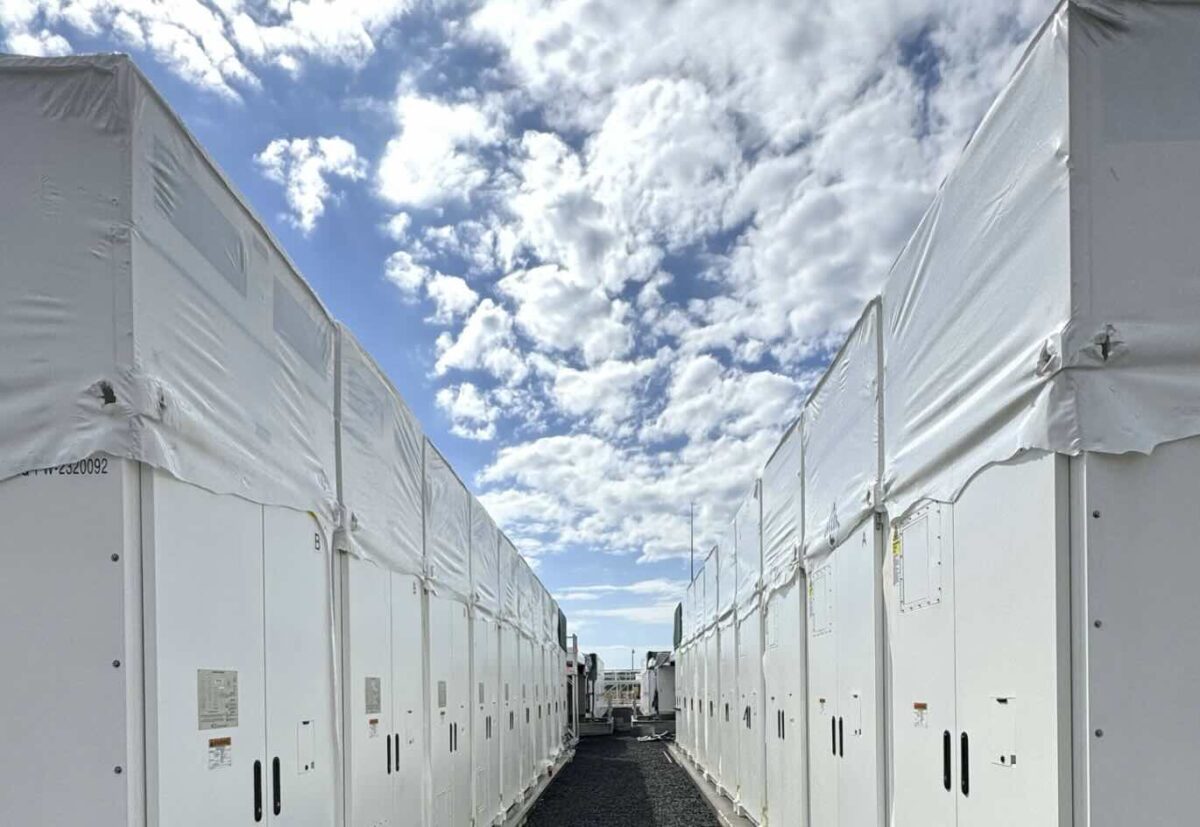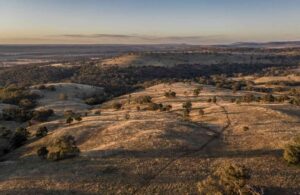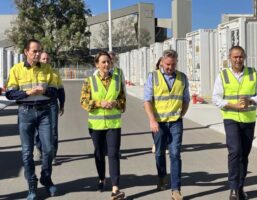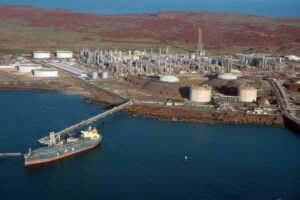Emerging battery storage developer Akaysha Energy says uncertainty around coal closures is one of the major remaining hurdles for investors in Australia’s transition to renewables, and says government interventions to keep them open are setting back progress.
Akaysha’s director of energy markets, Pan Galanis, says recent government policies, including federal Labor’s Capacity Investment Scheme (CIS), have helped underwrite investment in the sort of large-scale energy storage projects Australia so urgently needs to get coal out of its energy system.
But he says the timing of coal closures is still an unknown for investors and developers, with no policies in place regulating when coal-fired generation must exit the system – or market mechanisms disincentivising them for staying open.
“What we do have here in Australia over the last … couple of years is the CIS and the LTESA [the NSW government’s Long-Term Energy Service Agreements scheme],” Galanis told Australian Energy Week in Melbourne on Thursday.
“We actually do like, a lot, both policies. Both policies create … a safety net for investors and banks to be able to invest in storage and renewables.
“But it doesn’t address one of the most important issues on the path to get to net zero and this is emissions. There is nothing, yet, that really justifies or gives us confidence that we will reach net zero emissions, since coal closures are still an uncertainty,” he said.
“In theory, these policies bring in more renewables, more wind and solar. They displace the coal generation, they make the economics of burning coal worse and then they close.
“However, especially with government interventions to keep [coal plants] open, it’s something that’s taking all this process backwards,” Galanis told the conference.
Galanis didn’t offer any specific examples of this, but his comments bring to mind the NSW government’s recent deal with Origin Energy to delay the closure of the Eraring coal fired power station until August 2027, or potentially even April 2029.
Eraring – Australia’s biggest remaining coal plant – had originally been scheduled for closure in August, 2025.
To help replace it on the heavily coal-dependent NSW grid, the BlackRock-backed Akaysha has been contracted to build EnergyCo’s 850MW/1680 MWh Waratah “super battery,” described as the most powerful battery in the country, and the single biggest unit ever to be connected to Australia’s main grid.
Galanis says a firm schedule of coal closures or, absent that, a carbon price that would disincentivise coal generation, would provide the “last piece of the puzzle” to drive the investment in renewables and storage Australia needs.
“Carbon pricing is certainly the best and easiest way to do it, but it… has lots of political challenges,” he told the conference. “But either being able to internalize a carbon price into our system or have a regulatory framework of when the coal closures will occur is going to be the last piece of the puzzle to …create certainty for the energy transition.”










